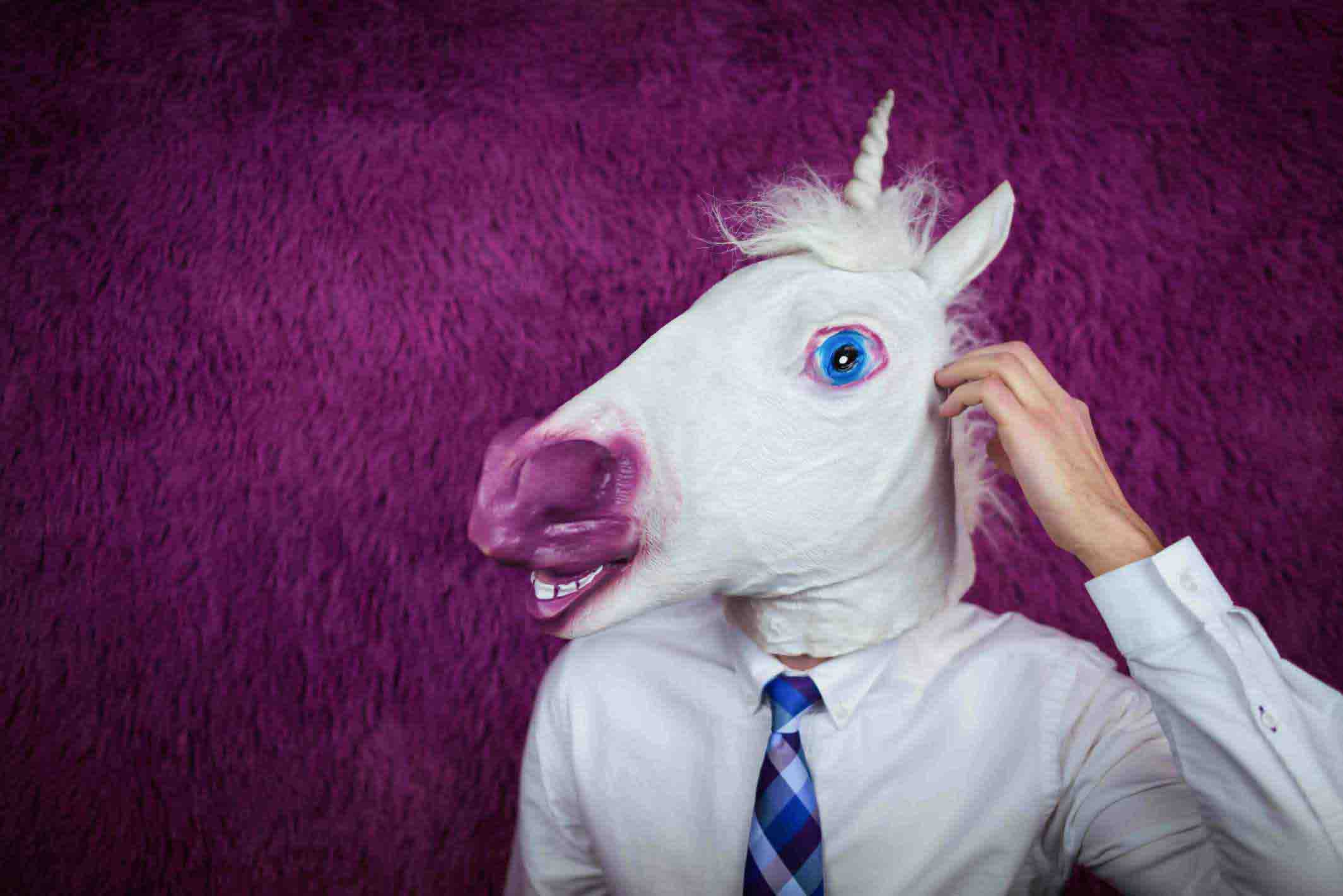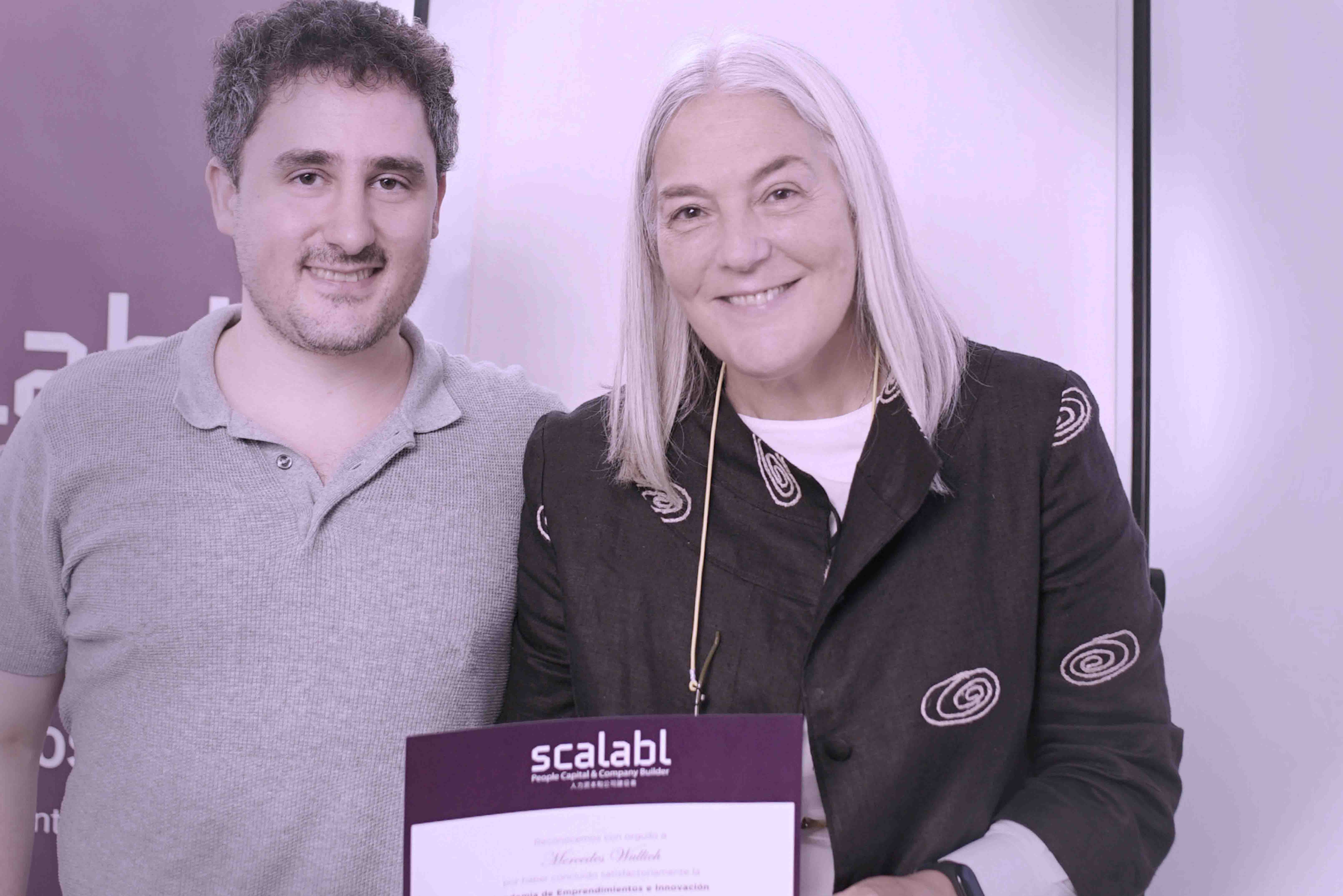


from Nassim Nicholas Taleb
Purpose and Career
In "Antifragile," Nassim Nicholas Taleb explores the essence of systems that not only survive but thrive on unpredictability and complexity. This book is a beacon for entrepreneurs and leaders seeking to understand resilience, risk management, and adaptation. It delves into concepts such as antifragility, the barbell strategy, and optionality, offering insights into strategy, emotional intelligence, and innovation. A must-read for those committed to professional development and embodying an entrepreneurial mindset in a world of continuous learning.
“Antifragility is beyond resilience or robustness. The resilient resists shocks and stays the same; the antifragile gets better."
BRIEF BOOK SUMMARY
At the heart of Nassim Nicholas Taleb's "Antifragile" lies a transformative concept that challenges our traditional understanding of resilience and robustness in the face of chaos and uncertainty. Taleb introduces us to the idea of antifragility, the unique property of systems that gain from disorder, thrive under volatility, and grow stronger when exposed to stressors. Unlike mere durability or resilience, which suggests an ability to return to a baseline after disturbance, antifragility suggests an improvement, a leap forward in capability and performance in response to stress. This principle, applied across domains from biology to business, provides a radically new perspective on how to approach challenges, risks, and the unknown, advocating for the embrace of uncertainty as a path to innovation and growth.
For entrepreneurs, business leaders, and professionals navigating the complexities of modern markets, "Antifragile" offers a toolkit for rethinking strategies in the face of unpredictability. Taleb's insights into the barbell strategy—a method for balancing safe, conservative actions with high-risk, high-reward ventures—encourages a bifurcated approach to risk-taking that safeguards against catastrophic losses while remaining open to transformative opportunities. This concept extends beyond financial investments to decision-making and strategic planning, urging leaders to create organizations and systems that are not just capable of surviving under duress but are positioned to capitalize on the volatility and complexity of the business landscape.
Central to the book's philosophy is the embrace of optionality and the power of making non-predictive decisions. Taleb asserts that in a world governed by the unforeseeable, the ability to adapt, pivot, and respond to emerging scenarios is invaluable. He champions the concept of "via negativa"—the practice of gaining through subtraction, removing harmful or unnecessary elements to improve outcomes. This principle applied judiciously, can lead to significant advancements in efficiency, effectiveness, and overall system performance, offering a counterintuitive yet powerful approach to problem-solving and innovation.
Taleb's critique of modernity's overreliance on prediction and control underscores a fundamental misapprehension about the nature of complexity and risk. By illustrating how attempts to tame volatility often exacerbate fragility, Taleb provides a compelling argument for the benefits of allowing systems to be stress-tested by randomness and chaos. He highlights the importance of building antifragility into the very fabric of organizations and institutions, enabling them to not just withstand shocks but to use them as catalysts for growth and development.
Taleb's discourse on the limitations of theoretical knowledge versus the richness of experiential learning resonates deeply with those committed to lifelong learning, growth, and entrepreneurship. For professionals at the forefront of innovation and strategy, the book is a clarion call to embrace the unknown, view challenges as opportunities for advancement, and cultivate an antifragile mindset that leverages volatility as a tool for building stronger, more adaptable, and ultimately more successful ventures and careers.
WHY SHOULD YOU READ THIS BOOK? By Francisco Santolo
RELATED BOOKS WE RECOMMEND
"The Black Swan: The Impact of the Highly Improbable" by Nassim Nicholas Taleb
Also authored by Taleb, "The Black Swan" delves into the concept of highly improbable events and their outsized impact on the world, laying the groundwork for the discussions in "Antifragile." It complements "Antifragile" by providing a deeper understanding of the unpredictable events that underpin the need for systems and individuals to develop antifragility. The book is crucial for understanding how rare and unpredictable events can shape our world, influence our decision-making, and affect our capacity for resilience and innovation.
"Thinking, Fast and Slow" by Daniel Kahneman
Kahneman's exploration of the dual-process model of the human mind offers insights into how we think and make decisions under uncertainty. This book complements "Antifragile" by examining the cognitive biases and heuristics that can lead individuals and organizations to misunderstand risk, fragility, and complexity. It provides a psychological foundation to the decision-making processes discussed in "Antifragile," offering strategies for navigating the biases that impact our responses to volatility and stressors.
"The Gray Rhino: How to Recognize and Act on the Obvious Dangers We Ignore" by Michele Wucker
While "Antifragile" discusses how to thrive in a world of uncertainty and chaos, "The Gray Rhino" offers a compelling exploration of the highly probable, high-impact threats that we often fail to address. Wucker’s concept of the "Gray Rhino" is a critical complement to Taleb’s "Black Swan," focusing on the identifiable threats that are often neglected until it’s too late. This book is particularly relevant for developing strategies that not only mitigate risks but also transform potential dangers into opportunities for innovation and strategic growth.







